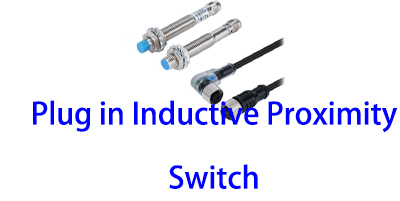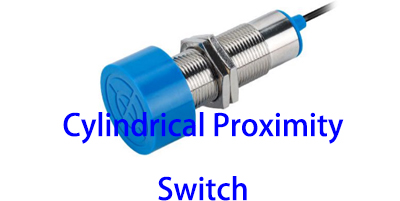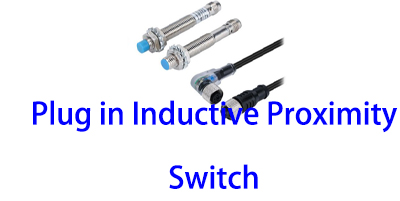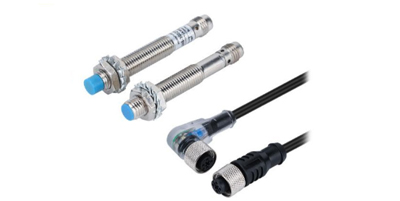Maintenance Methods for Plug in Proximity Switch Sensor
 07 Feb 2025 click : 150
07 Feb 2025 click : 150A Plug in Proximity Switch Sensor is a vital component in many automated systems, and its reliable performance depends not only on correct installation but also on regular maintenance. Proper maintenance can extend the sensor's lifespan, ensure accurate detection, and prevent unexpected malfunctions. Here are some essential daily maintenance and care methods.

Ⅰ.Regular Cleaning
①Surface Cleaning: Dust, dirt, and debris can accumulate on the surface of the sensor over time, which may interfere with its detection accuracy. Use a soft, dry cloth to gently wipe the outer surface of the sensor regularly. For stubborn stains, you can slightly moisten the cloth with a small amount of non - corrosive cleaning agent, but make sure to dry the sensor thoroughly afterward to avoid any potential damage from moisture. In industrial environments with high levels of dust, such as factories processing metal or plastic materials, more frequent cleaning may be required.
②Housing and Bracket Cleaning: Don't forget to clean the mounting bracket and the sensor housing. Check for any signs of rust or corrosion on the metal parts. If there are small rust spots, you can use a fine - grit sandpaper to gently remove them and then apply a thin layer of anti - rust paint to protect the metal.
Performance Inspection
③Detection Range Check: Periodically test the sensor's detection range. This can be done by slowly moving a target object within the specified detection range of the sensor and observing the response. If the sensor fails to detect the object within the normal range or detects it at an inconsistent distance, it may indicate a problem. For example, in a packaging line where the sensor is used to detect the presence of products, if the sensor starts to detect products too early or too late, it can disrupt the entire packaging process.
④Signal Output Verification: Use an oscilloscope or a compatible monitoring device to check the sensor's signal output. The signal should be stable and consistent when the sensor is operating normally. Abnormal fluctuations or a weak signal could be a sign of a malfunctioning sensor or a problem with the electrical connections.
Ⅱ.Environmental Monitoring
①Temperature and Humidity Monitoring: Proximity sensors are sensitive to environmental conditions. High temperatures can cause the sensor's internal components to expand, potentially affecting its performance, while excessive humidity can lead to corrosion and short - circuits. Install a temperature and humidity monitor near the sensor to keep track of the ambient conditions. If the environment regularly exceeds the sensor's rated temperature and humidity range, consider implementing additional cooling or dehumidifying measures.
②Electromagnetic Interference (EMI) Check: Strong electromagnetic fields can interfere with the sensor's operation. Inspect the area around the sensor for any potential sources of EMI, such as large motors, transformers, or high - voltage power lines. If EMI is suspected, use shielding materials or re - route the sensor's wiring to minimize the interference.
Ⅲ.Component Inspection
①Mechanical Components: Check the mechanical parts of the sensor, such as the mounting screws and the locking mechanism of the sensor in the bracket. Ensure that they are tight and not loose. Loose screws can cause the sensor to shift from its optimal position, leading to inaccurate detections.
②Electrical Components: Visually inspect the electrical connections, including the wires and connectors. Look for any signs of fraying, cracking, or oxidation. If there are any damaged wires, replace them immediately to prevent electrical failures.
Regular maintenance of a Plug in Proximity Switch Sensor is a simple yet effective way to ensure its long - term reliable operation. By following these maintenance methods, you can keep the sensor in optimal condition and minimize the risk of unexpected breakdowns in your automated systems.





